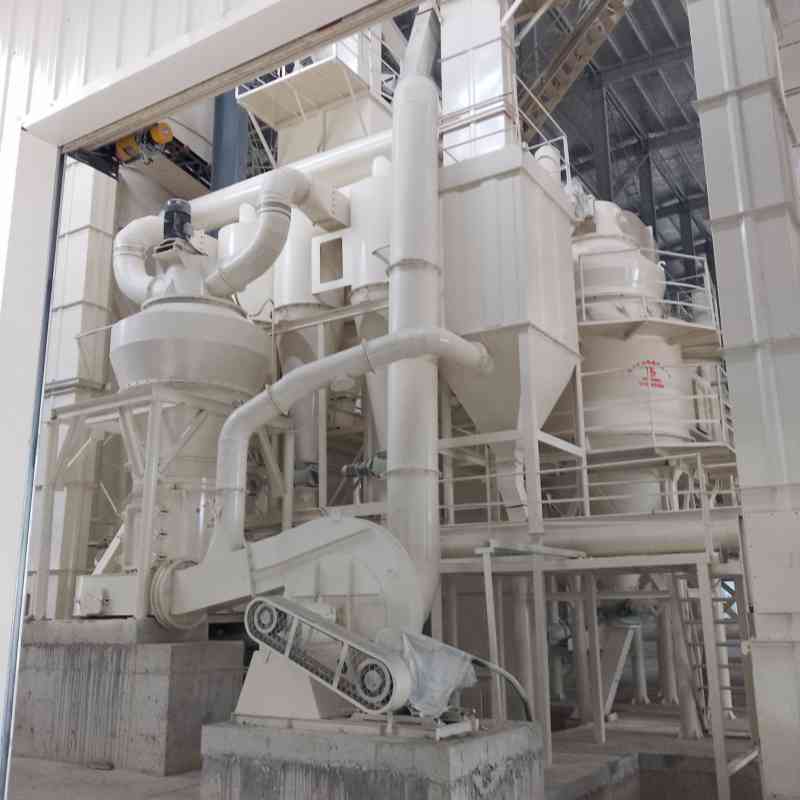
Slaked Lime: A Key Component in Various Industrial Processes by Cronus

Slaked Lime (also known as calcium hydroxide, Ca(OH)₂) is a critical material in numerous industrial applications, from water treatment to the production of building materials. It forms when quicklime (calcium oxide, CaO) reacts with water. This article will discuss the properties, production process, and key industrial applications of slaked lime, as well as the benefits of using it in various sectors.
At Cronus, we specialize in providing high-quality calcium hydroxide for industrial applications, ensuring our customers access top-tier materials that meet their needs and specifications.
What is Slaked Lime?
Slaked lime is a white powder created when quicklime (CaO) reacts with water. This process, known as slaking, results in calcium hydroxide, a compound with several beneficial properties. It is commonly used in industries such as water treatment, construction, and agriculture, thanks to its effectiveness in a variety of chemical and physical processes.
The slaking reaction occurs as follows: CaO (quicklime)+H2O→Ca(OH)2 (slaked lime)\text{CaO (quicklime)} + \text{H}_2\text{O} \rightarrow \text{Ca(OH)}_2 \text{ (slaked lime)}CaO (quicklime)+H2O→Ca(OH)2 (slaked lime)
Properties of Slaked Lime
Slaked lime has several properties that make it highly beneficial for industrial use:
- High Reactivity: Calcium hydroxide is reactive and can neutralize acids and other substances, making it essential for neutralization processes.
- Solubility: It is slightly soluble in water, making it ideal for applications such as water treatment.
- Alkaline Nature: Its alkaline properties allow it to adjust pH levels, ensuring optimal conditions in various processes.
- Caustic and Corrosive: As a caustic material, slaked lime should be handled with care to prevent skin or eye irritation.
The Process of Slaking Lime
Slaking involves adding water to quicklime to produce slaked lime. This is typically done in a lime slaker, a machine that controls the conditions under which slaking occurs. The process ensures quicklime is fully hydrated, resulting in calcium hydroxide with the desired properties.
The key stages of slaking include:
- Heating Quicklime: Quicklime is produced by heating limestone (calcium carbonate) in a kiln at high temperatures (around 900°C).
- Mixing with Water: The quicklime is then mixed with water in a lime slaker. The exothermic reaction generates heat.
- Forming Calcium Hydroxide: This process creates a fine, dry powder of calcium hydroxide, which is collected for use in various applications.
Proper slaking is essential for achieving consistent quality, as improper mixing can result in incomplete reactions or suboptimal products.
Key Applications of Slaked Lime
Slaked lime finds use in a wide range of industrial applications. Here are some prominent uses:
1. Water Treatment
Calcium hydroxide is widely used in water treatment to purify drinking water and wastewater. It neutralizes acidity, precipitates harmful contaminants, and adjusts pH levels. In drinking water plants, it helps remove impurities like heavy metals, phosphates, and sulfates.
2. Construction
In the construction industry, slaked lime is an essential ingredient in mortar and plaster. When combined with sand, it forms durable, water-resistant materials. Slaked lime is also used to produce lime-based bricks and as a stabilizing agent for soil foundations.
3. Agriculture
In agriculture, calcium hydroxide is used to raise soil pH and neutralize acidic soils, promoting better crop growth. It also acts as a pesticide, controlling certain types of soil pests and diseases.
4. Chemical Industries
In the chemical industry, slaked lime serves as a neutralizing agent in various processes. It is used to produce chemicals like calcium salts and treat industrial gases such as sulfur dioxide.
5. Sugar Refining
Slaked lime is essential in sugar refining to remove impurities from raw sugar. Its ability to neutralize acidity is crucial in the purification process.
Benefits of Using Slaked Lime
Utilizing calcium hydroxide offers several advantages across industries:
- Cost-Effective: Slaked lime is an affordable material for neutralizing acidity and improving soil and water quality.
- Environmentally Friendly: It is an environmentally safe material when used appropriately, posing minimal risks.
- High Efficiency: In water treatment, it effectively removes pollutants, improving water quality without the need for large amounts of chemicals.
- Versatility: Its wide range of applications makes slaked lime a valuable material in various sectors.
How to Choose a Reliable Supplier for Slaked Lime?
When selecting a supplier for slaked lime, consider the following factors:
- Quality Control: Ensure the supplier adheres to strict quality standards to guarantee the consistency and purity of the material.
- Experience and Reputation: Choose a supplier with a solid reputation and experience in providing high-quality slaked lime and related products. At Cronus, we have years of experience in supplying premium calcium hydroxide globally.
- Technical Expertise: A reliable supplier should offer technical support to optimize the use of calcium hydroxide in your applications.
- Price and Delivery: Compare pricing and delivery options to ensure a cost-effective solution while maintaining high-quality standards.
- Customer Feedback: Check customer reviews and case studies to verify the supplier’s reliability and product performance.
Conclusion
Slaked lime is a versatile and valuable material used in various industrial processes, including water treatment, construction, and agriculture. By understanding its properties and applications, businesses can optimize its use in different sectors. At Cronus, we specialize in supplying high-quality calcium hydroxide that meets industry standards, helping your business achieve optimal results.

Choosing a reliable supplier for slaked lime is essential to ensure consistent quality and enhance production efficiency.


